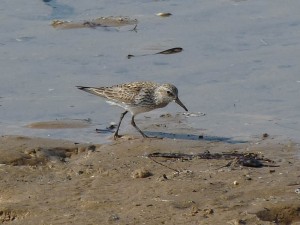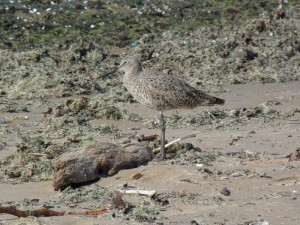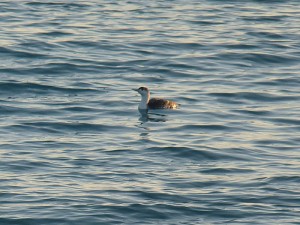I spent a few hours at Montrose this morning. It wasn’t as active as May 8 but I still ended up with 86 species, and I had almost 20(!) birds today that I didn’t see on Thursday. Here are my highlights:
Mute Swan – 3 flew in from the south and landed in the lake just off the beach
Northern Shoveler – 3 flying north over the lake
White-winged Scoter – 1 in the lake off the fishhook pier
Red-breasted Merganser – 11
Great Egret – 11, including a group of 8, all flying south
Northern Harrier – 1 immature flying south high over the point
Ruddy Turnstone – 2 on the beach
Laughing Gull – 1 adult flying south over the fishhook pier
Common Tern – 3
Red-headed Woodpecker – 1
Yellow-bellied Sapsucker – 1 female
Yellow-throated Vireo – 1
Philadelphia Vireo – 1
All 5 swallows, with most of the Cliffs and Banks moving south
Marsh Wren – 1
Northern Mockingbird – 1
Blue-winged Warbler – 1
Black-throated Blue Warbler – 1 male
Blackburnian Warbler – 1
Mourning Warbler – 1
Scarlet Tanager – 1 male, flew in off the lake and landed in the dunes
Lark Sparrow – 1, flew in off the lake and landed in the dunes
Dickcissel – 1 singing male
There seemed to be a fair amount of turnover between today and Thursday, with fewer White-crowned Sparrows, Catharus thrushes, Gray Catbirds, Brown Thrashers, Eastern Kingbirds, and Least Flycatchers today. Warblers are still scant.



